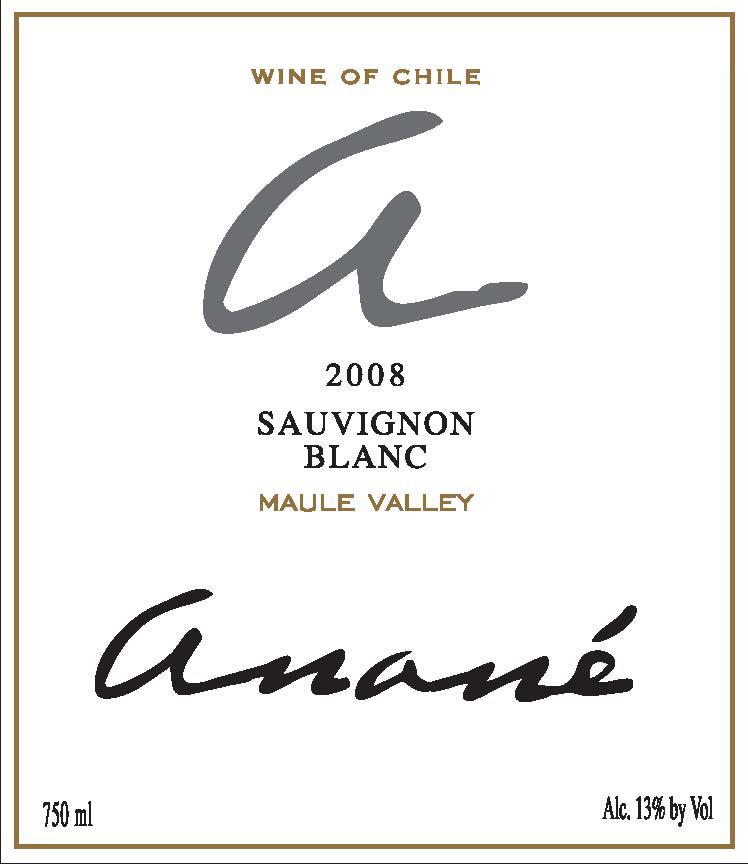2008 Maule Valley Sauvignon Blanc
Anane Sauvignon Blanc from the Maule Valley is a stunning representation of this beloved varietal, showcasing a vibrant and refreshing character. With a light body and a crisp acidity, this wine dances on the palate, providing an invigorating mouthwatering experience. The fruit intensity is prominent, offering delightful notes of citrus and tropical fruits, perfectly balanced with a touch of minerality that speaks to its terroir. This well-structured wine has a dry finish, making it exceptionally food-friendly and a delightful companion for a variety of dishes. The 2008 vintage reflects a beautiful harmony of flavors, highlighting the finesse and elegance that Sauvignon Blanc is renowned for in the Maule Valley.
Anane Sauvignon Blanc from the Maule Valley is a stunning representation of this beloved varietal, showcasing a vibrant and refreshing character. With a light body and a crisp acidity, this wine dances on the palate, providing an invigorating mouthwatering experience. The fruit intensity is prominent, offering delightful notes of citrus and tropical fruits, perfectly balanced with a touch of minerality that speaks to its terroir. This well-structured wine has a dry finish, making it exceptionally food-friendly and a delightful companion for a variety of dishes. The 2008 vintage reflects a beautiful harmony of flavors, highlighting the finesse and elegance that Sauvignon Blanc is renowned for in the Maule Valley.




